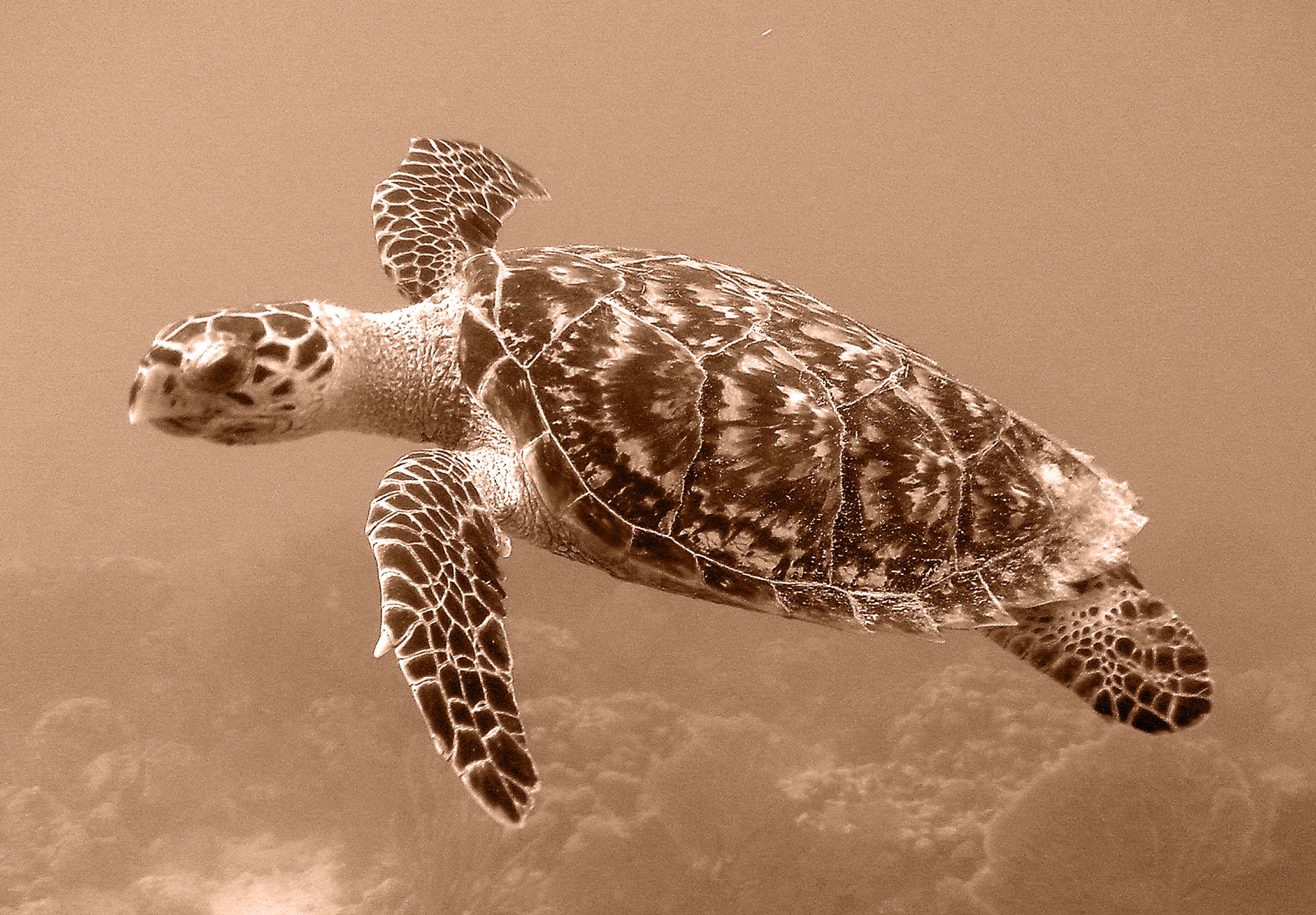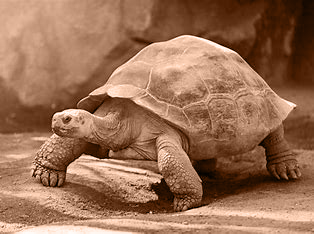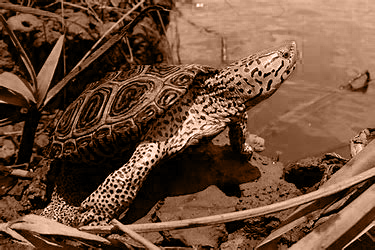Withdraw
.png)
.png)
Withdrawing something is the act of taking something back, removing something from a position, or to retract something.
There are several different animals who use the ability to withdraw into a shell as a form of defense. Some of these animals are born with their shells as a part of their body while others have to forage for a perfect shell and find new shells as they grow. Here are a few examples of animals with shells.



Turtles, tortoises, and terrapins are all reptiles born with a shell to help protect them from predators. They are among the oldest species of reptiles having evolved millions of years ago, and they live in nearly every climate. Turtle, tortoise, and terrapin are often used interchangeably but they are actually different species.
Turtles spend most of their lives in water. They are built for aquatic mobility with webbed feet or flippers and a more streamlined body.
Tortoises are land animals. They have rounded feet built for walking and burrowing. Tortoises use these burrows created by their strong forelimbs to keep cool in the hot season and warm in the cool season.
Terrapins are built for both land and water. They are usually found in swamps or living in or around ponds, lakes, and rivers.
Snails are found all over the world both on land and in water. There are over 60,000 species of snails and the number of aquatic snail species outnumbers the number of land snail species.
Snails are born with their shells and as they grow the shell grows with them. Snails can withdraw into their shells to protect themselves from predators and the environment around them.
Fun snail facts:
Hermit crabs share many physical characteristics with other crustaceans like crabs but there are some key differences which make them deserve of their own category. While many crabs have a protective exoskeleton covering the majority of their bodies, hermit crabs do not have this exoskeleton covering their abdomen. To compensate for this, hermit crabs use empty shells or other hollow objects as protection.
Similar to snails, hermit crabs' around 800 species can be seperated into two main groups, land and marine. Most hermit crabs are marine but the largest species of hermit crab, the Coconut crab, is a land crab.
Withdraw Definition & Meaning - Merriam-Webster
9 Examples of Animals With Shells - Wildlife Informer
Turtle Facts | Live Science
Diamond-backed Terrapin | South Carolina Partners in Amphibian and Reptile Conservation (scparc.org)
Sulcata Tortoise Animal Facts | Centrochelys sulcata - AZ Animals (a-z-animals.com)
Green Turtle | NOAA Fisheries
Discover the Largest Hermit Crabs (One is 3 Feet Long!) - AZ Animals (a-z-animals.com)
Hermit crab | crustacean | Britannica
Hermit crabs, facts and photos (nationalgeographic.com)